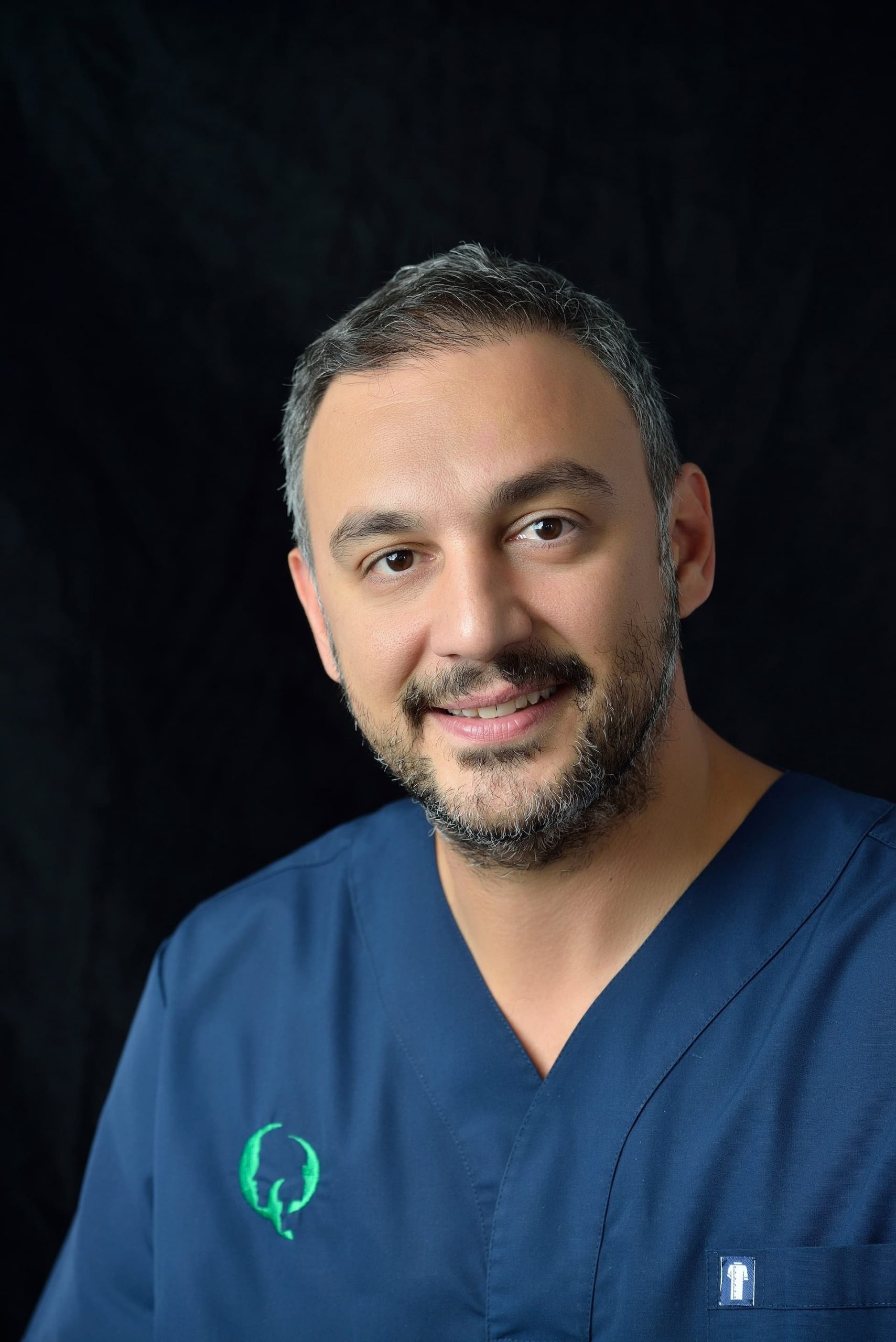Distraction Osteogenesis
Distraction osteogenesis is a modern method through which deformities are corrected functionally as well as aesthetically. It causes much less pain compared to other methods, has a relatively short duration (2 hours) and offers an elegant end result, such as an improvement of the facial contour. Distraction osteogenesis is performed under local anaesthesia or intoxication and is performed after a panoramic examination and CT scan have been performed.
Distraction osteogenesis: What is the procedure of the Intervention
Distraction osteogenesis is a surgical procedure in orthognathic surgery. Its goal is to expand, reconstruct and correct bone deformities. In the last two decades, with the technological and surgical advances and progress made in these areas as well as in the field of osteogenesis, this method has become a very safe and predictable technique that contributes to the treatment of selected deformities of the oral and facial bones. Distraction osteogenesis is indicated for a variety of conditions and cases, such as dysplasia, aesthetic reasons, injuries and tumours.
The procedure is as follows:
Stage 1: It is defined as the latent period, i.e. the period from the day of osteotomy to the day of onset of expansion. In most cases, this stage lasts four to seven days. There is a possibility that this period may last even longer, when premature bone plugging occurs. This possibility occurs mainly in children because of their high metabolism. Conversely, a shorter period may lead to osteogenesis deficiency, fibrous plugging as well as reduced analgesia.
Stage 2: This is the stretching period. Depending on the case, it is applied once or twice a day and a stretching of 1 mm per day is recommended. This method requires a lot of experience, as too aggressive stretching is likely to lead to fibrous plugging or even very slow premature plugging.
Stage 3: This is the last stage, which is the period of bone reconstruction. Stabilization is established and the plugging takes an average of 10 weeks until the desired result is achieved.
Depending on the case and the patient, external or internal mucosal devices are used. Internal devices are recommended for larger bones and need a second operation in order to be removed. External devices are usually used on smaller bones and do not require another removal procedure. In both cases, the devices are placed under general anesthesia and under close supervision to ensure that the device is properly adjusted.
Before the procedure of Distraction osteogenesis can begin, it is necessary to have a photographic evaluation, which will continue throughout the treatment as it is part of the progress evaluation. Furthermore, radiographs (panoramic, CT, cephalometry and others) will be needed.
Interstitial Osteogenesis: What are the Advantages and what are the Indications leading to its selection
Dilatation osteogenesis is a modern method that results in less pain and a relatively minor surgical procedure. Compared to other, older methods, it is superior as it can preserve the integrity of the vessels and nerves. Still, it can allow compensatory growth of soft tissues with prevention in their contraction.
As for the indications leading to dilational osteogenesis, the most important are complex trauma, incomplete facet apophysis, sleep apnea, facial clefts, and semipersonal microsomia. Contact us now.


